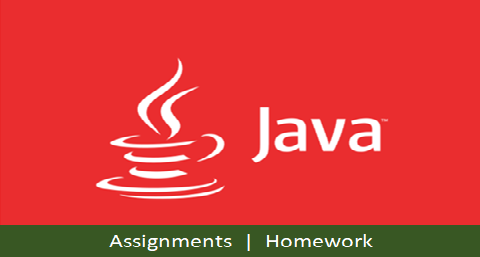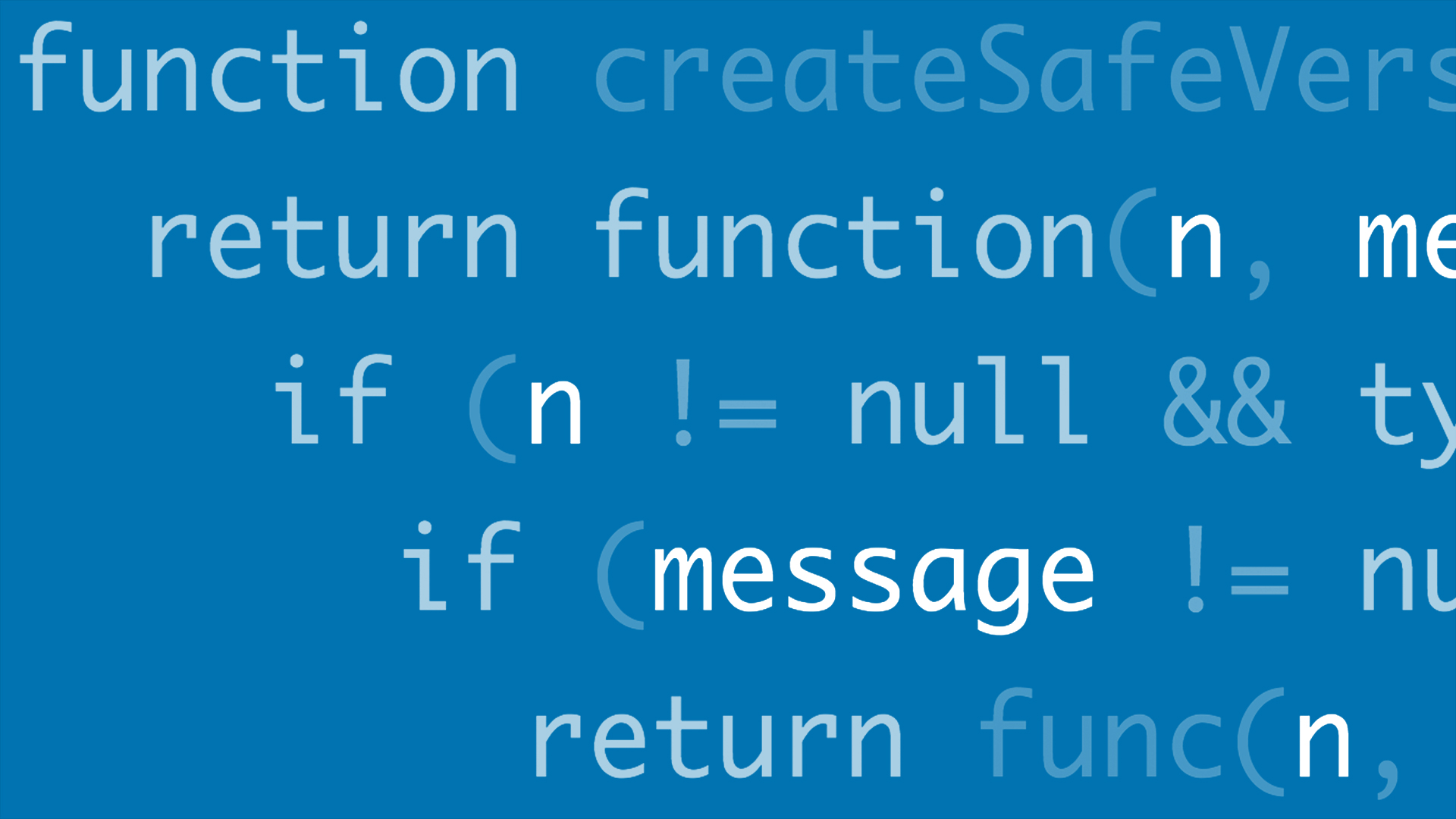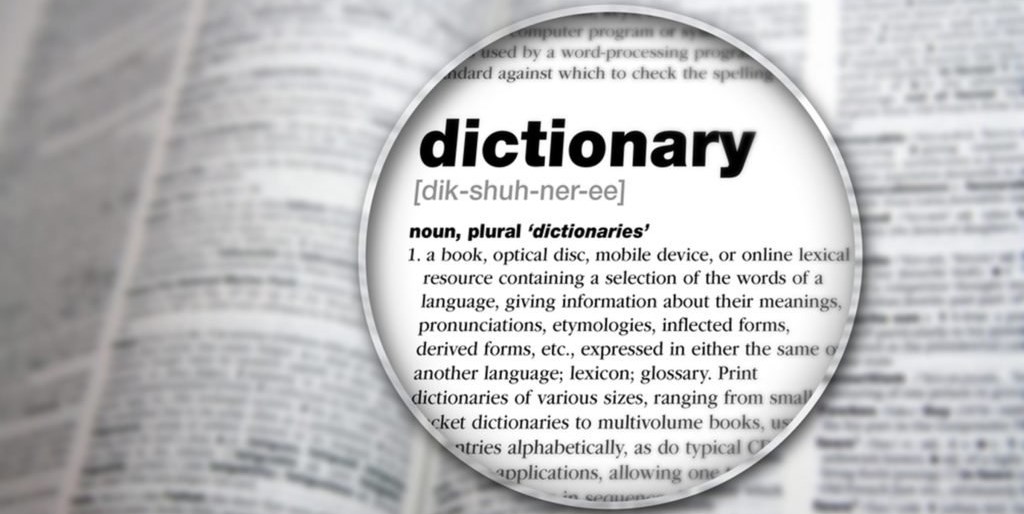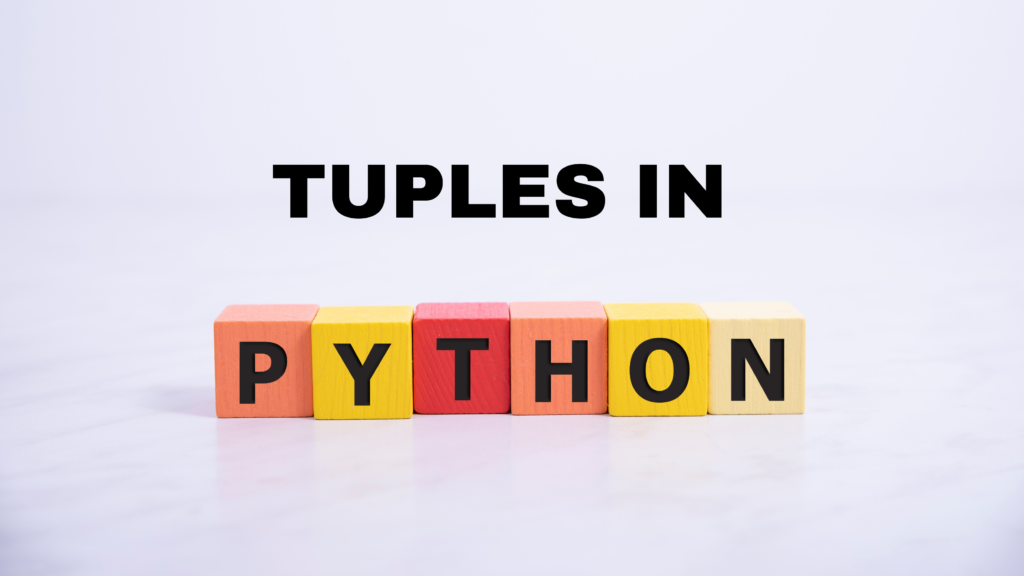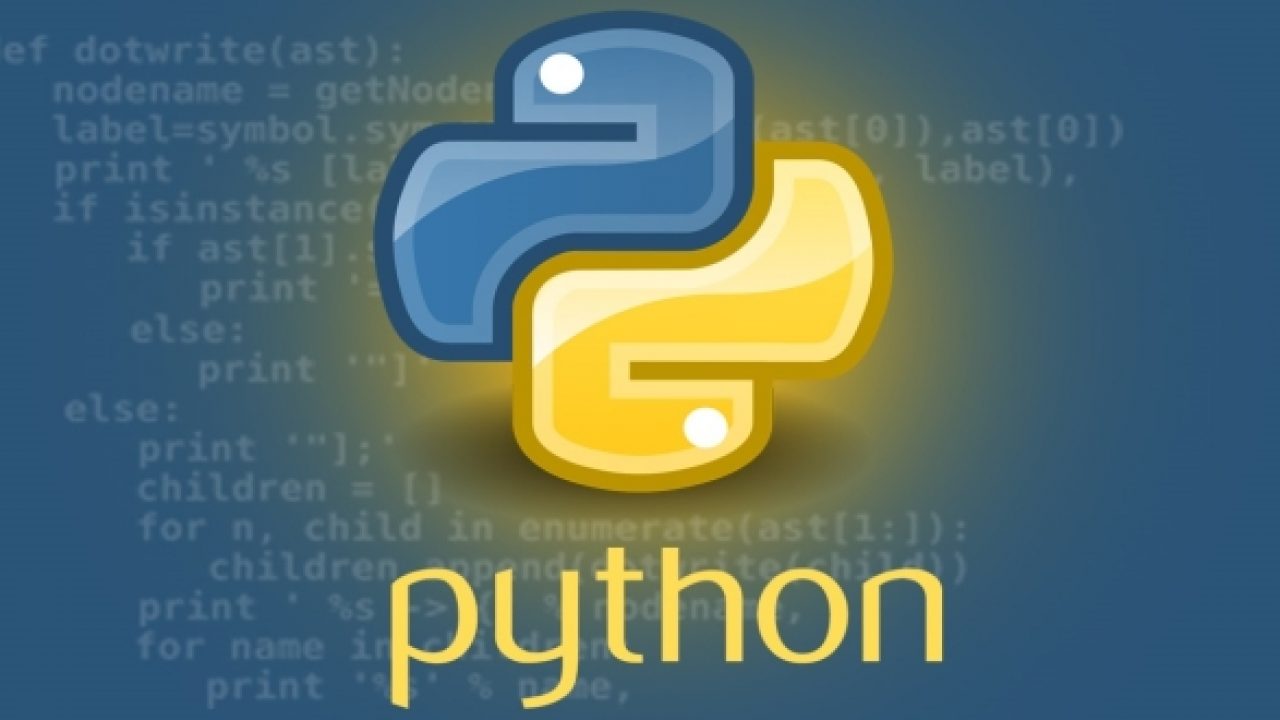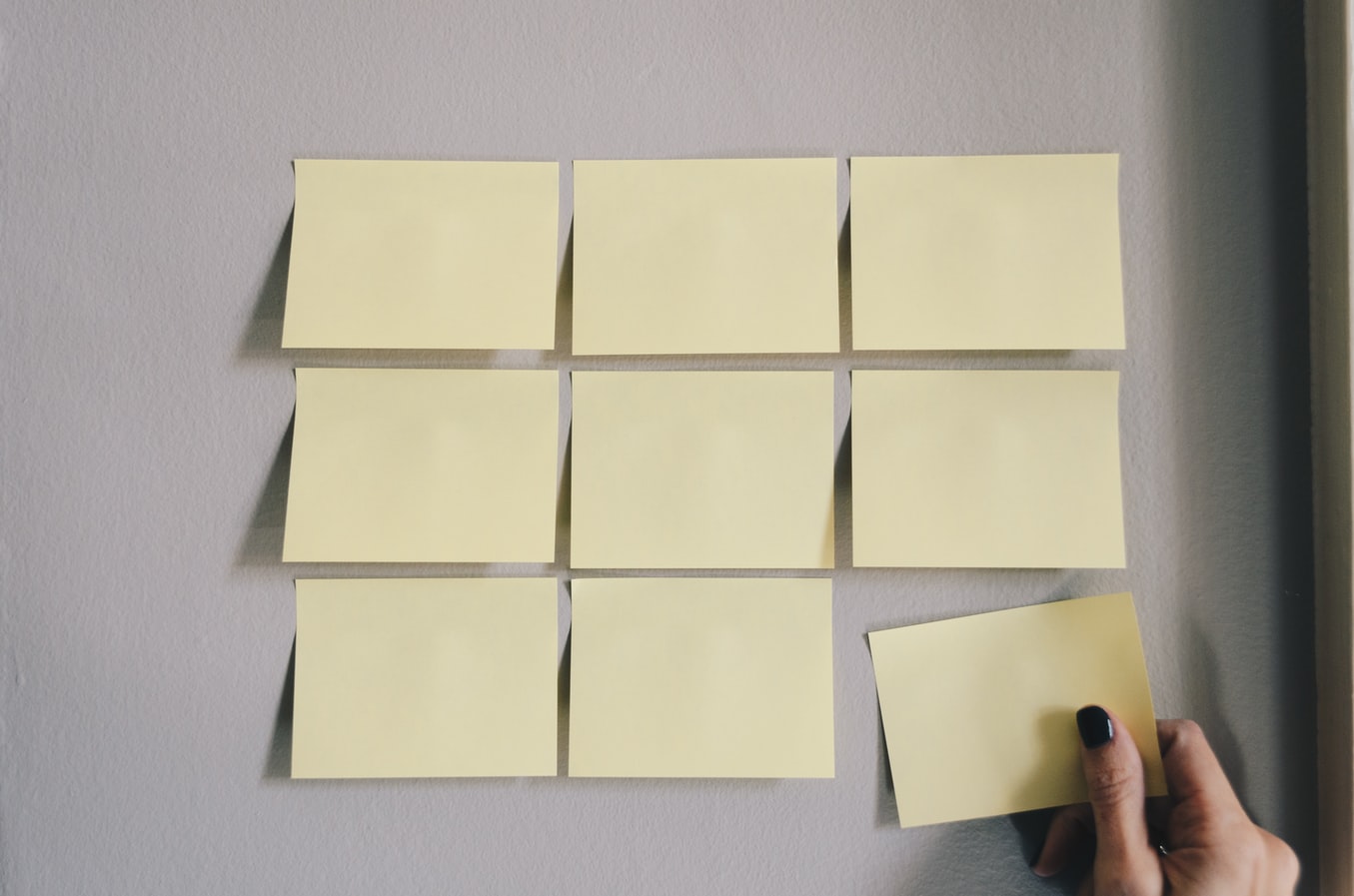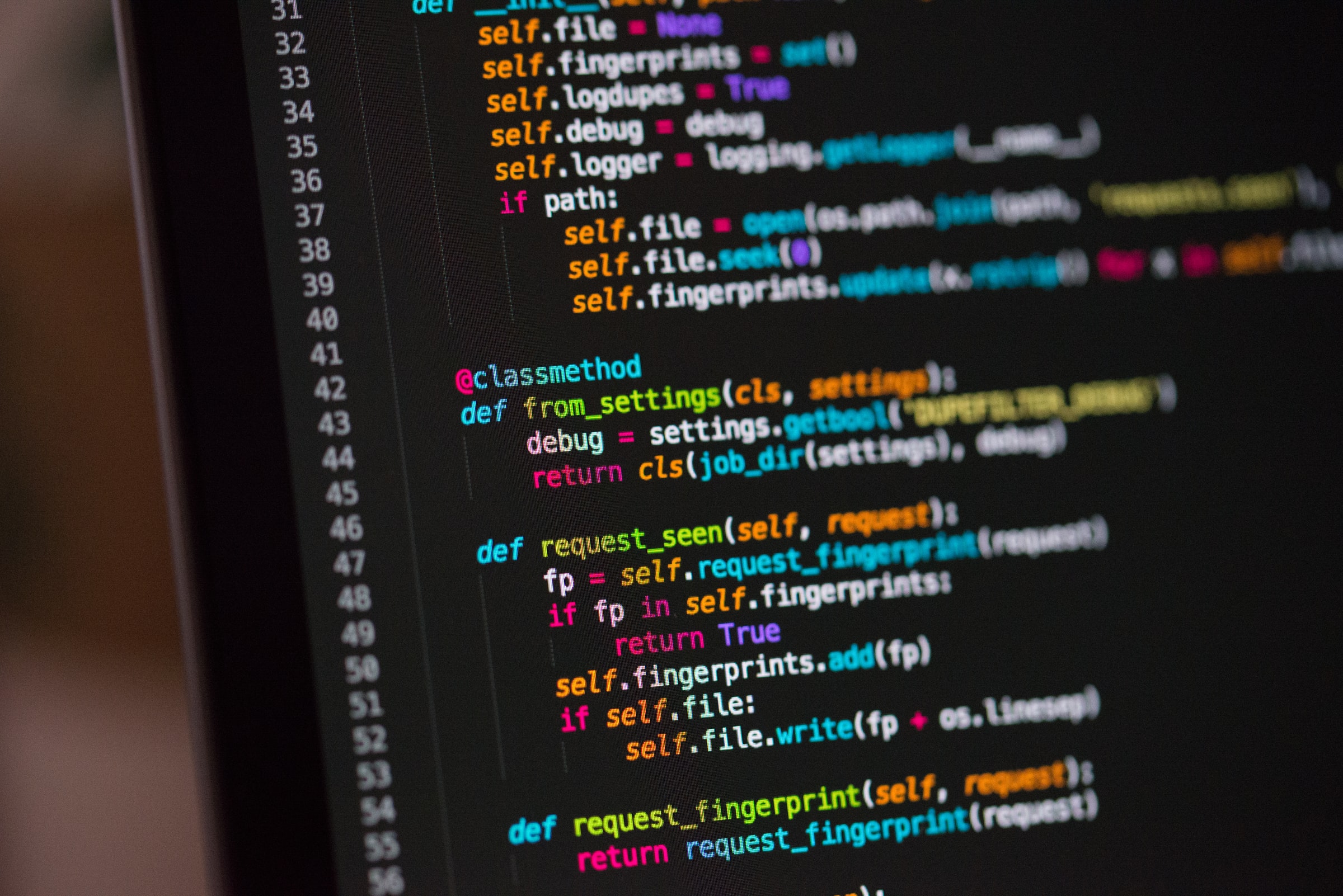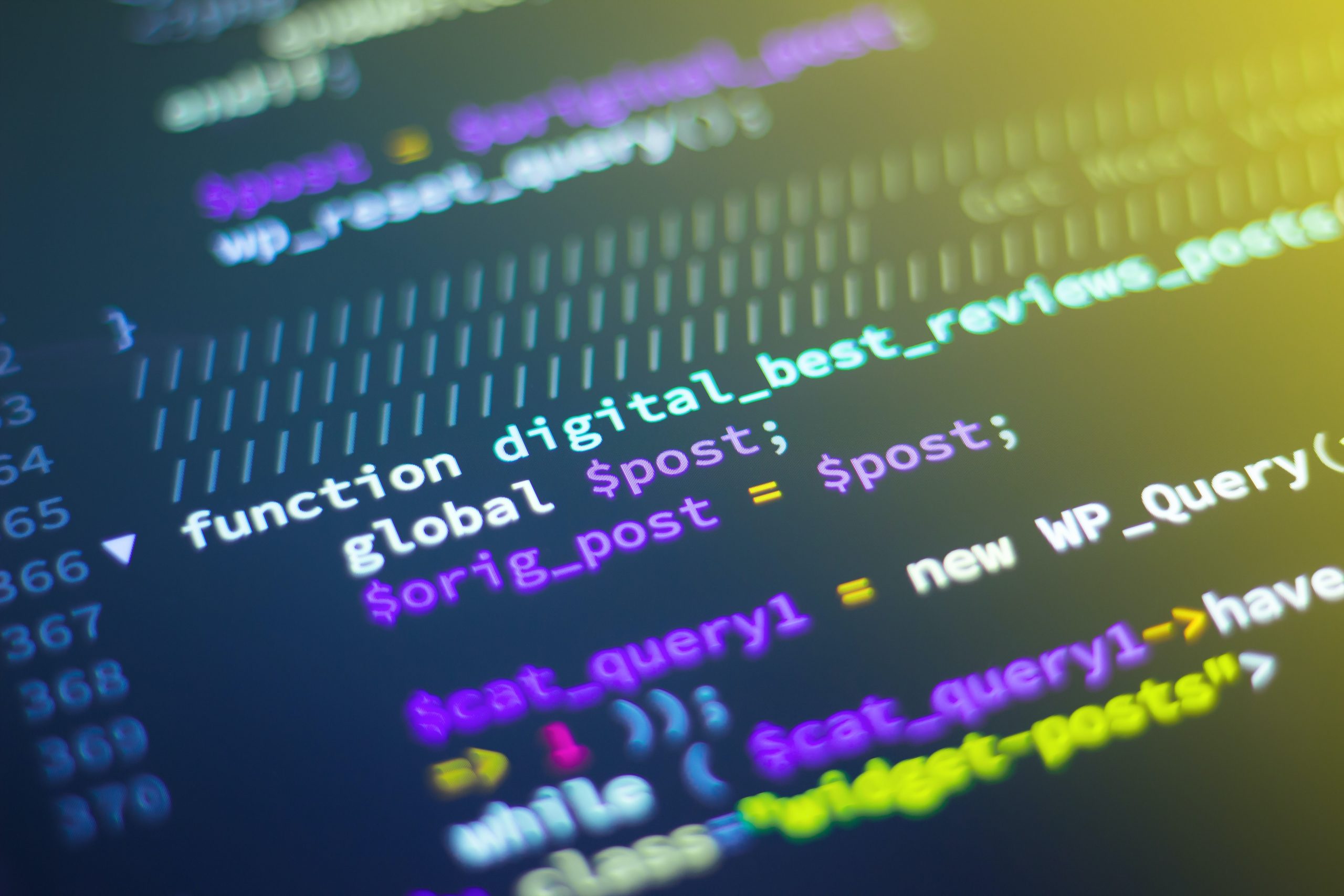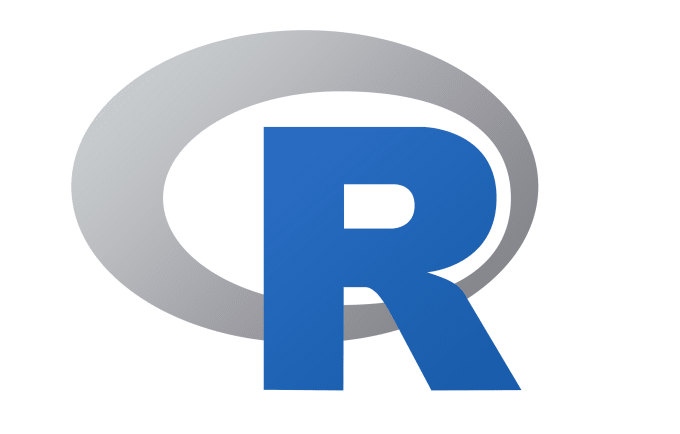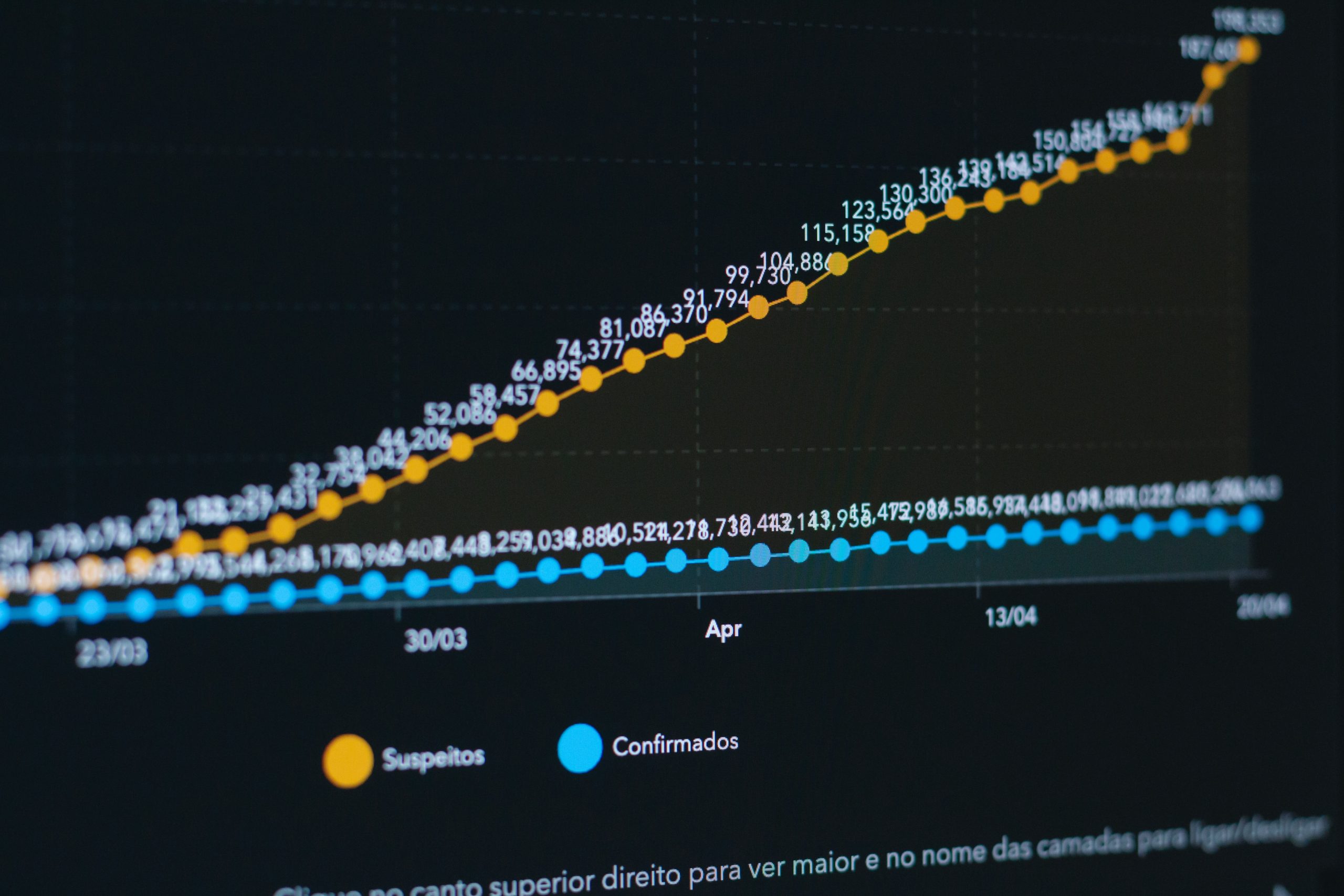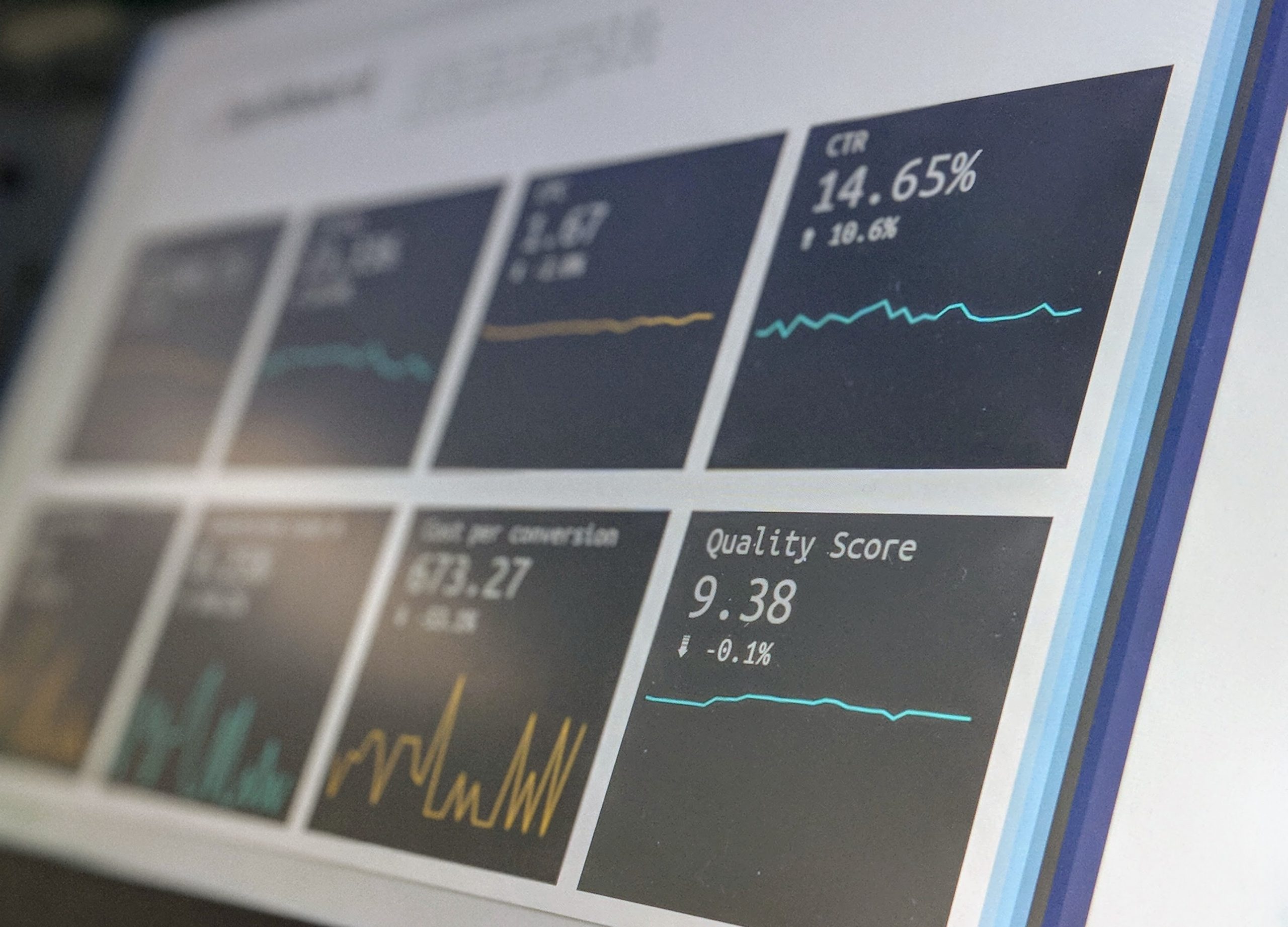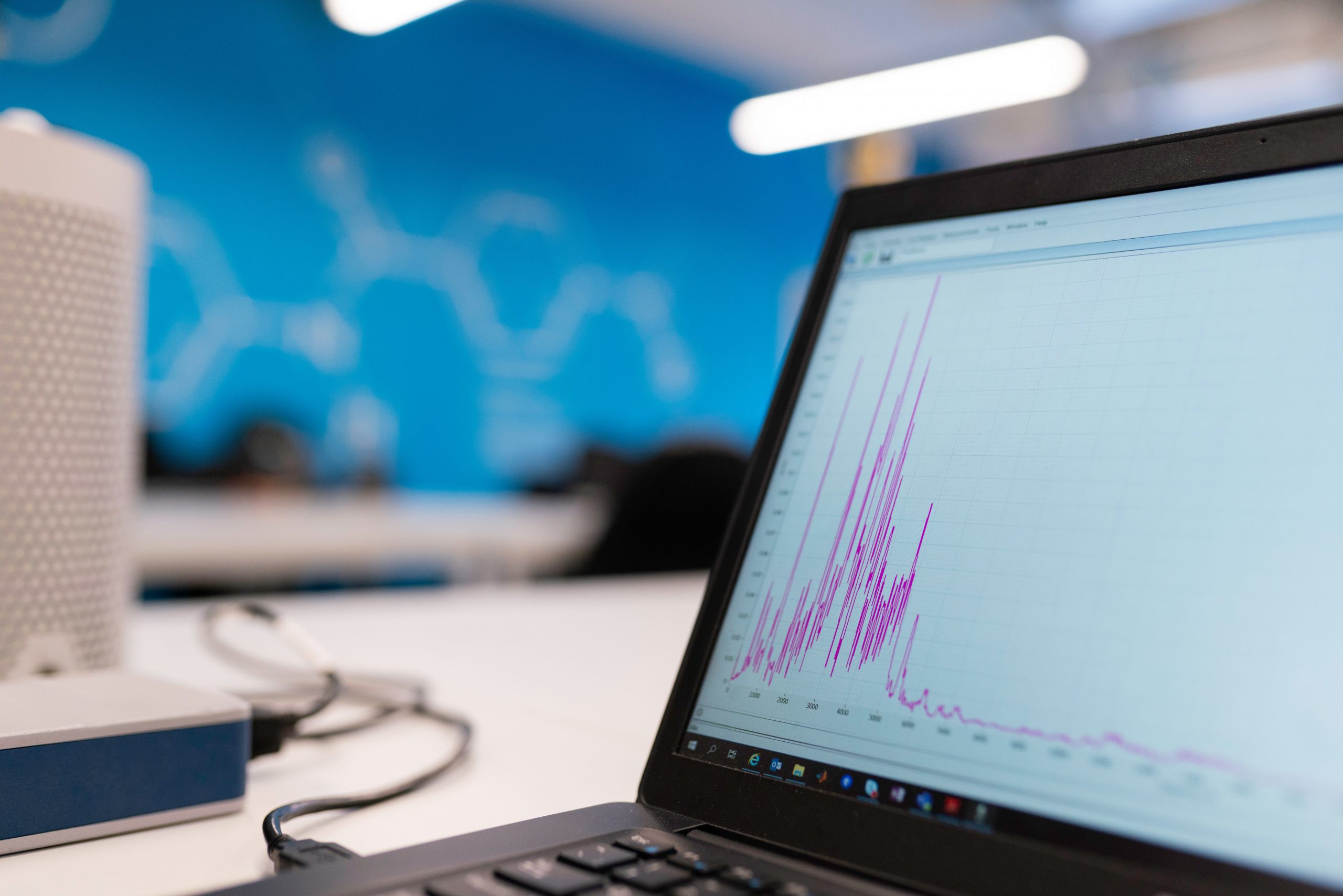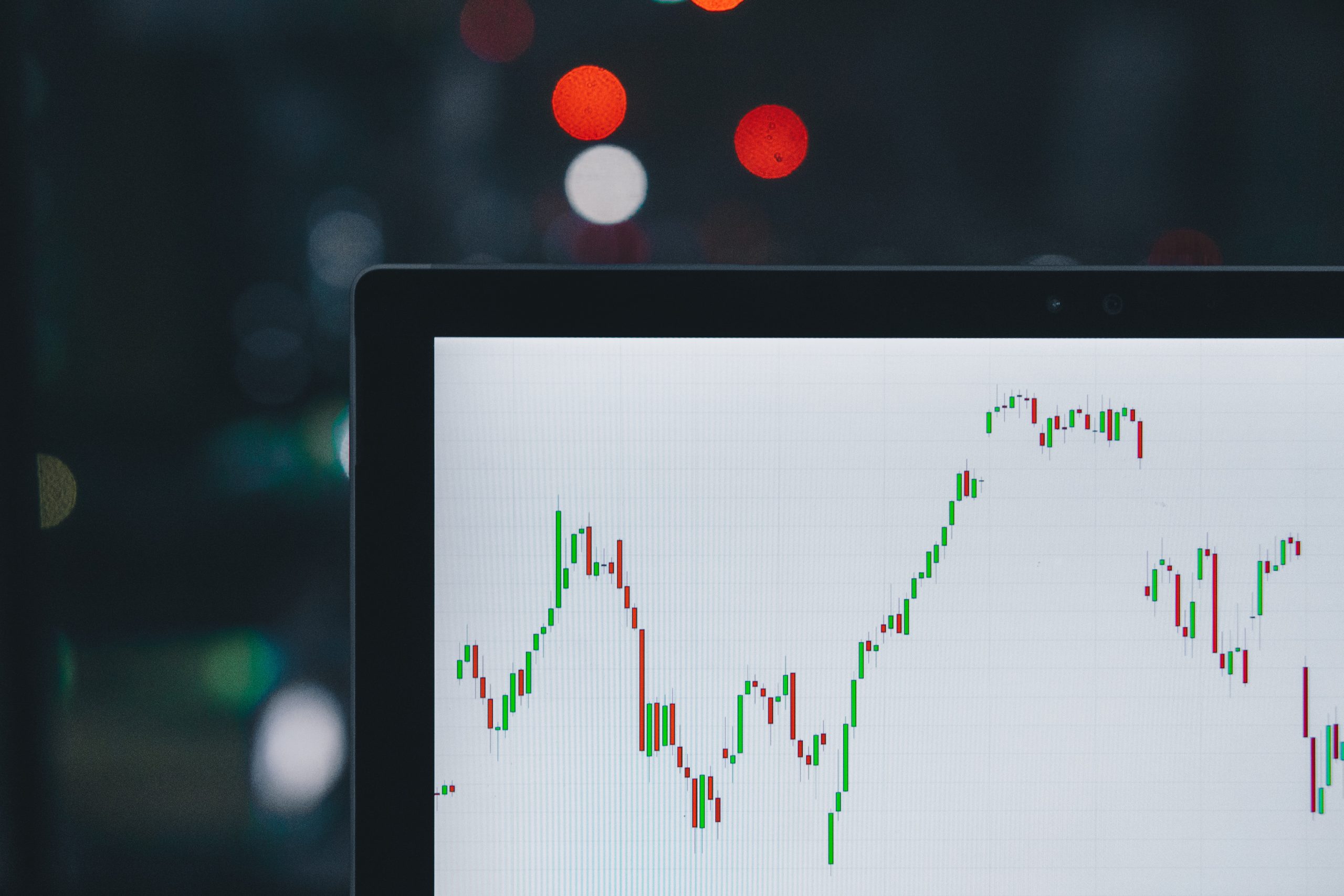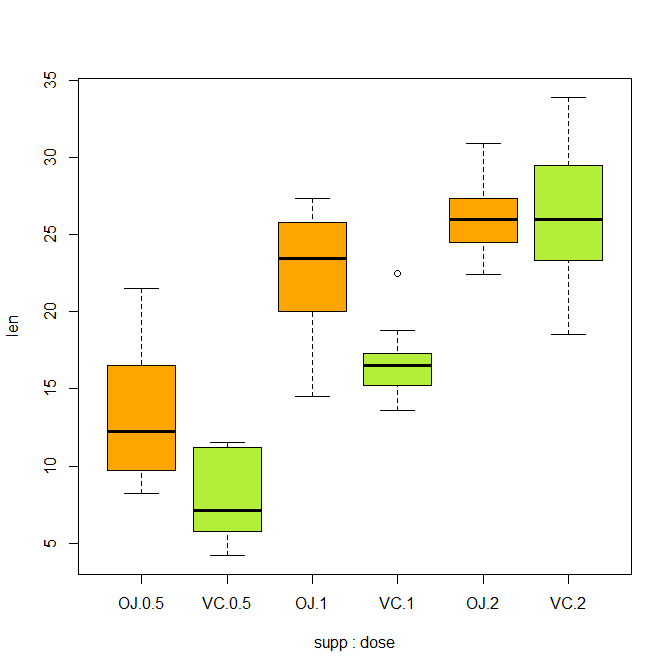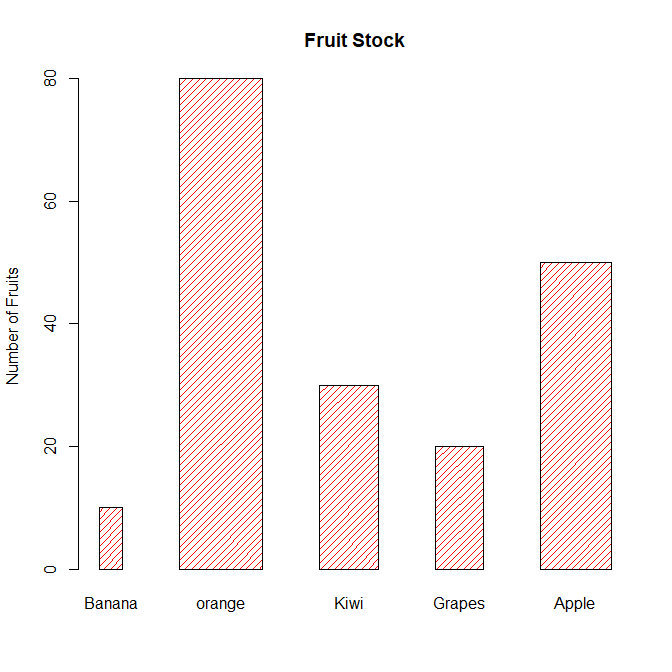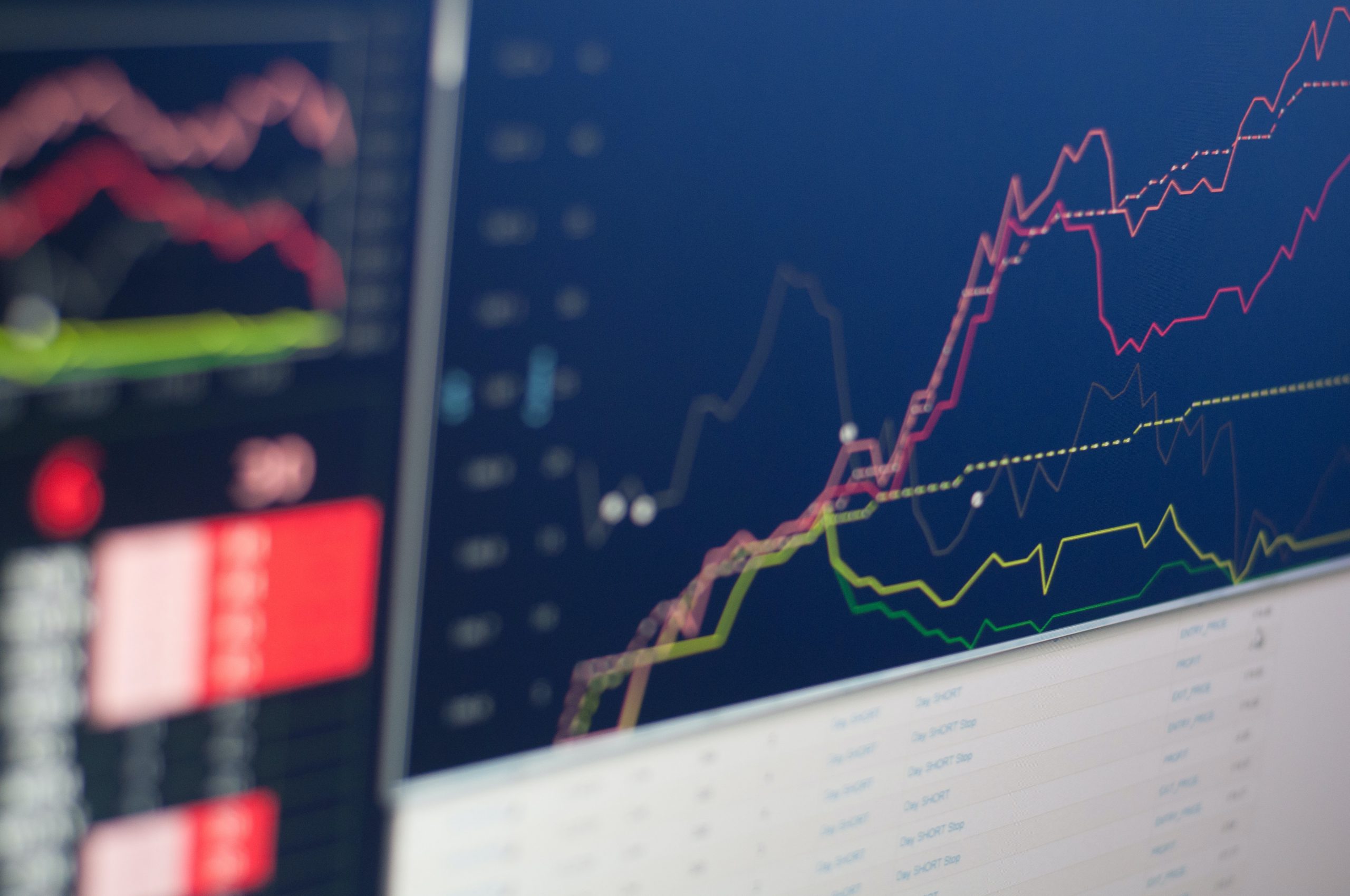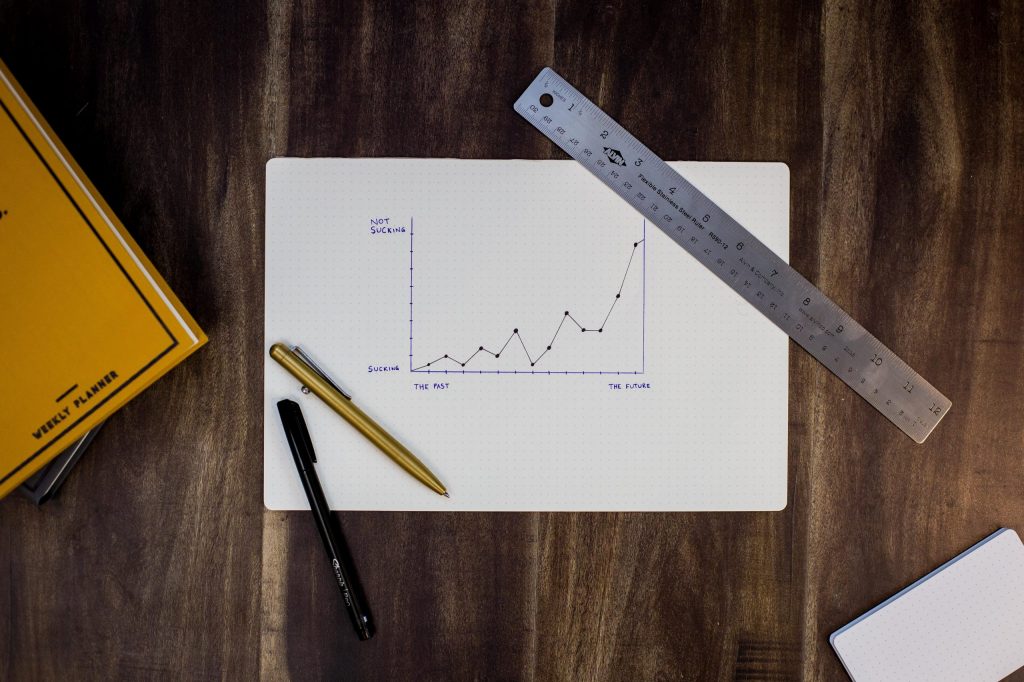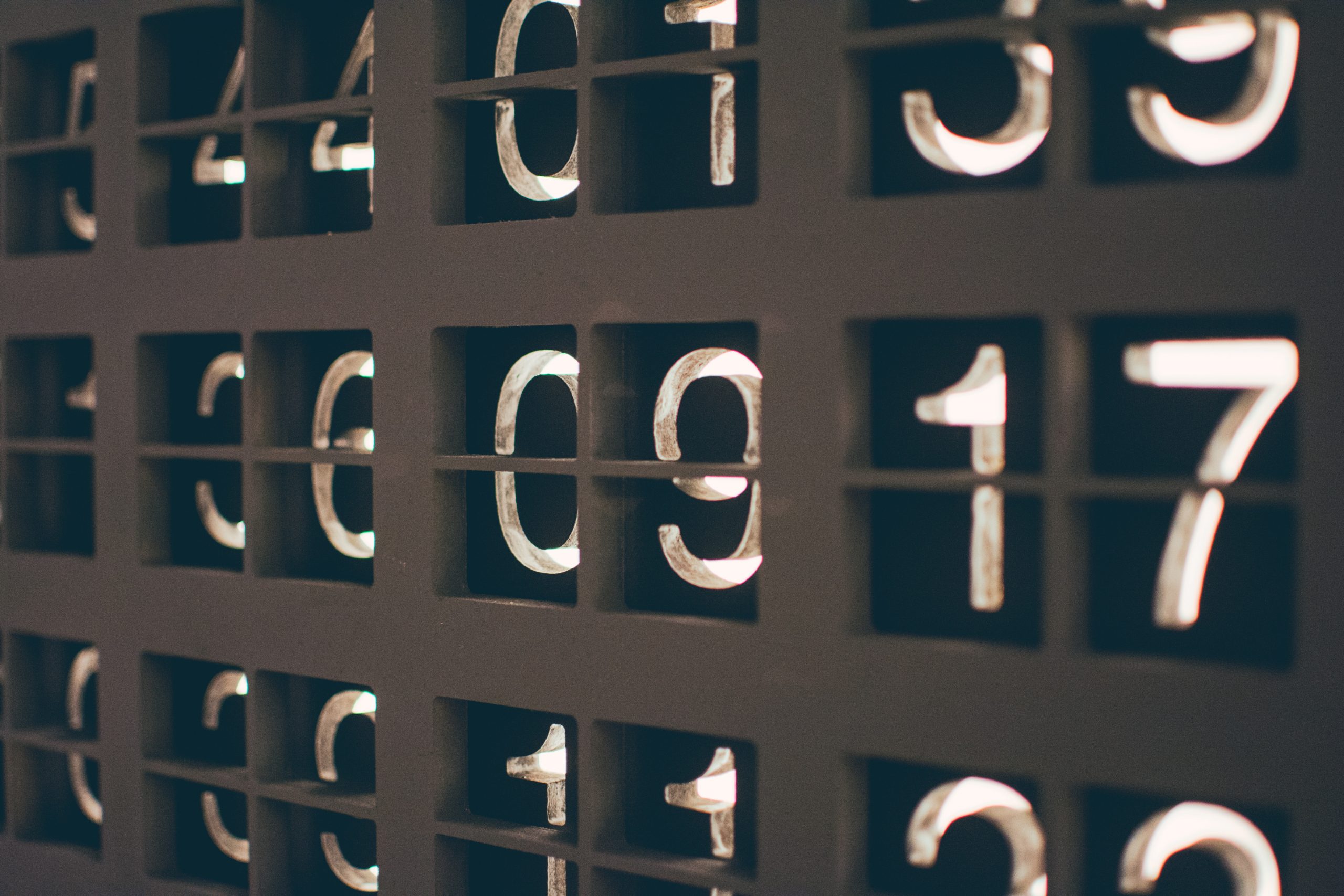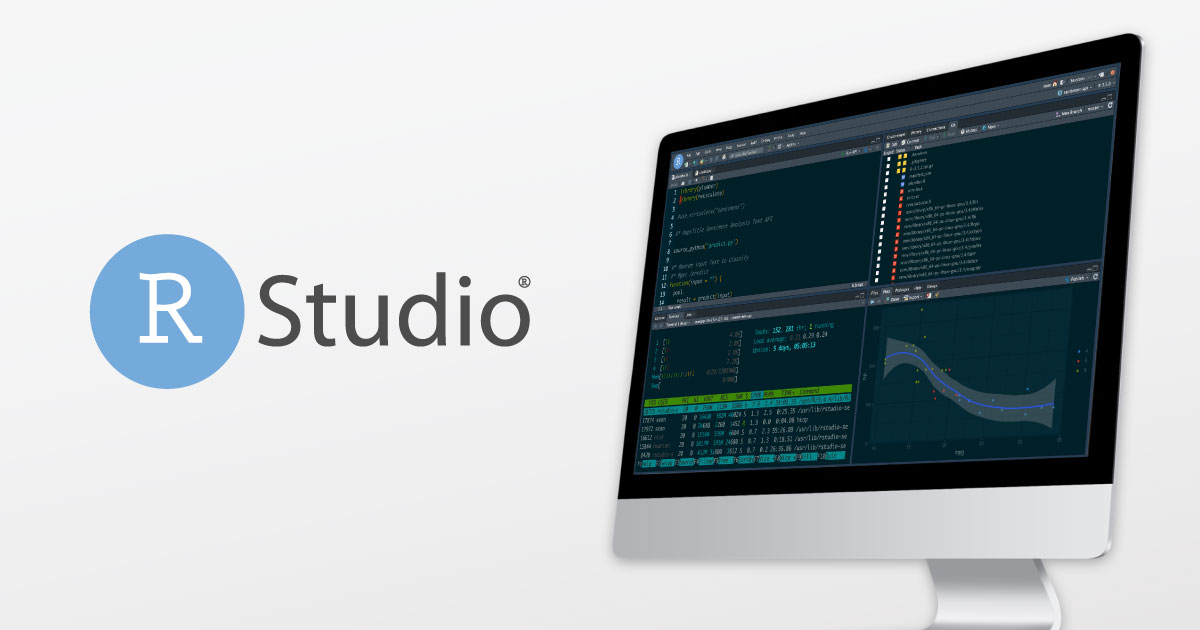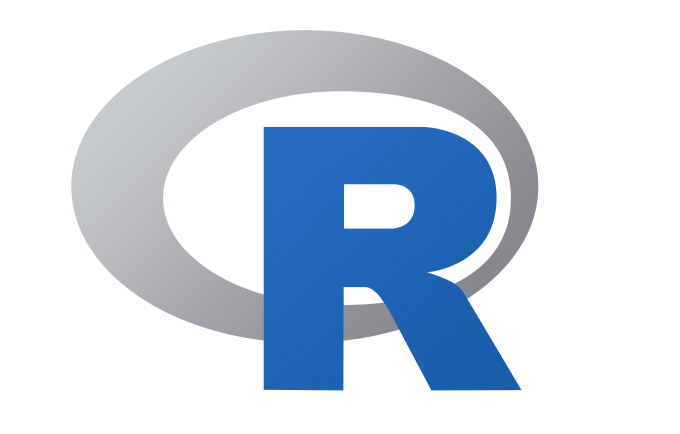When you are majoring in programming, dealing with complex assignments will be a regular occurrence. For this reason, you need to know where to get java homework help when you…
Posts tagged as “programming”
What is a Function? OK, here goes. A function performs a specific operation on its arguments and produces a predictable output. Huh, not much simpler, and definitely not as precise (or as…
The Python programming language natively implements a number of data structures. Lists, tuples, sets, dictionaries are but some of them. We will be looking at the dictionary data type in…
Tuples are an ordered sequences of items, just like lists. The main difference between tuples and lists is that tuples cannot be changed (immutable) unlike lists which can (mutable). #…
Here’s what you’ll learn in this article: Python provides a rich set of operators, functions, and methods for working with strings. When you are finished with this tutorial, you will know…
Python is an interpreted, object-oriented, high-level programming language with dynamic semantics. Its high-level built-in data structures, combined with dynamic typing and dynamic binding, make it very attractive for Rapid Application…
Python programming language provides the following types of loops to handle looping requirements. Python provides three ways for executing the loops. While all the ways provide similar basic functionality, they…
Under certain conditions, some decisions are sometimes in normal life inevitable, as we can see in our photo. It’s the same for every program, which has to solve some useful…
In this article, you’ll learn everything about different types of operators in Python, their syntax and how to use them with examples. What are operators in python? Operators are special…
Think of a variable as a name attached to a particular object. In Python, variables need not be declared or defined in advance, as is the case in many other…
Before you start writing your first Python program, you’ve got to learn the basics. We will walk you through Python syntax basics that will help as a building block for…
Python is one of the fastest-growing programming languages nowadays and is used for machine learning, data science, and a lot of other use cases. The best way to start learning…
We all know the many hours spent cleaning and wrangling data. Sometimes I think my actual job is not “Data Scientist” but “Data Cleaner”.Data, as you surely know, is not often…
In this tutorial, we will learn about Normal Distribution in R. We will cover different functions which helps in generating the normal distribution. Along with this, we will also include…
R Packages /Libraries Packages in R comprise of R functions, data and compiled code that are present in a well-defined format. The location where the packages are installed is known…
In this article, you’ll learn how to merge objects in R. Merging objects is a very frequently used concept in data analysis. R provides a broad range of capabilities to…
R’s subsetting operators are powerful and fast. Mastery of subsetting allows you to succinctly express complex operations in a way that few other languages can match. As an illustration in…
In this article, you’ll learn about constants in R. And how to use them. Constants, as the name suggests, are entities whose value cannot be altered. Basic types of constant…
This article explain how to recognise and erase duplicate data in R. You’ll learn how to use the following R base and dplyr functions: R base functions duplicated() determines which elements of a vector or data frame are duplicates of elements with smaller subscripts, and returns a logical vector indicating which elements (rows) are…
Since R runs on so many different operating systems, and supports so many different graphics formats, it’s not surprising that there are a variety of ways of saving your plots,…
In this article, you’ll learn how to box plot in R. We will also be creating an example plot and will make various changes to the same existing plot for…
Multi-panel plots and figures are used everywhere, especially in scientific papers to compare different graphs or datasets. And creating them has never been easier using R! There are several functions…
To plot more than one curve on a single plot in R, we proceed as follows. Create the first plot using the plot() function. For the subsequent plots, do not use the plot() function,…
In this article, you’ll learn how to change the type of a plot in R. We will also be creating an example plot and will make the type changes to…
In this article, you’ll learn how to add text to a plot. We will also be creating a plot and will try various aesthetic manipulations in the same plot, like…
Today, In this article we will learn how to add a legend to a plot and make it more informative and also look at the different types of legends and…
In this article, you’ll learn how to add/change the color of points, text and lines. We will also be creating a plot and will try various aesthetic manipulations in the…
You can easily add the main title and axis labels with arguments to the plot() function in R to enhance the quality of your graphic. Usage Arguments x the coordinates of points in…
In this article, you’ll learn to use the plot function in R. We will also be creating our very own first plot. The most used plotting function in R programming…
The factors are the variable in R, which takes the categorical variable and stores data in levels. Factors can be ordered or unordered and are an important class for statistical…
Replacing a value is very easy, thanks to replace() in R to replace the values. In data analysis, there may be plenty of instances where you have to deal with…
An array is a data structure that can hold multi-dimensional data. In R, the array is objects that can hold two or more than two-dimensional data. For example, in square…
In R, a matrix is a collection of elements of the same data type (numeric, character, or logical) arranged into a fixed number of rows and columns. Creating Matrices One…
First of all, we are going to discuss from where the concept of a data frame came. The origin of data frames stems from intensive empirical research in the world of…
R is capable of reading data from most formats, including files created in other statistical packages. Whether the data was prepared using Excel (in CSV, XLSX, or TXT format), R…
Even when you write just one value in R, it becomes a vector of length 1 and belongs to one of the above vector types. Vectors are generally created using…
Data types are an integral part of any programming language. They are one of the pioneer building blocks and the development of any programming language usually revolves around them. Consider…
In every computer language variables provide a means of accessing the data stored in memory. R does not provide direct access to the computer’s memory but rather provides a number of…
An R script is simply a text file containing (almost) the same commands that you would enter on the command line of R. Coding in R 1. You can get the R console…
Installing R and RStudio on your personal computer is super easy. I hope this helps others who are starting their Data Science journey with R programming. RStudio is an integrated…
R is a programming language and free software environment for statistical computing and graphics supported by the R Foundation for Statistical Computing. As R language is widely used among statisticians…
